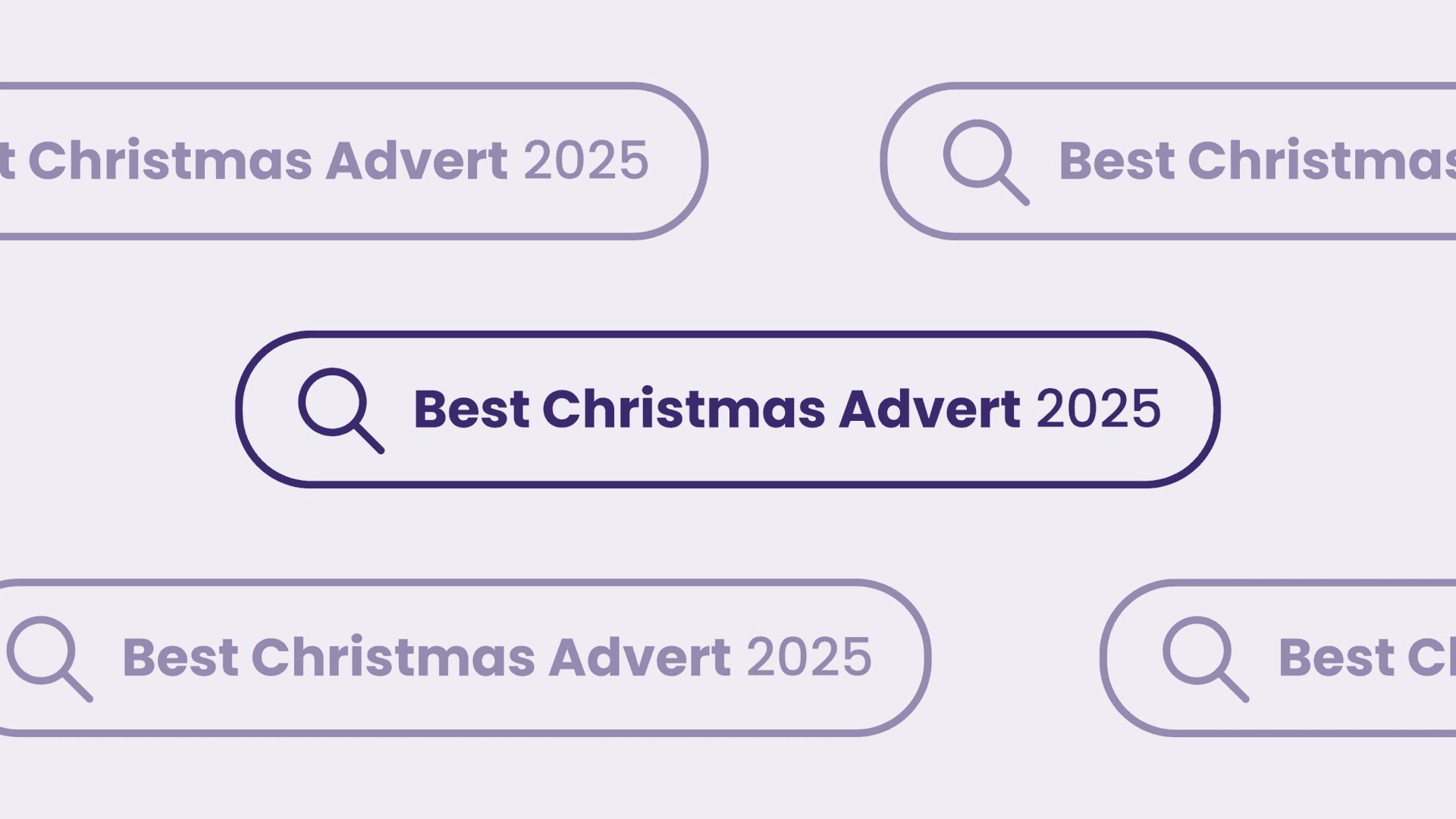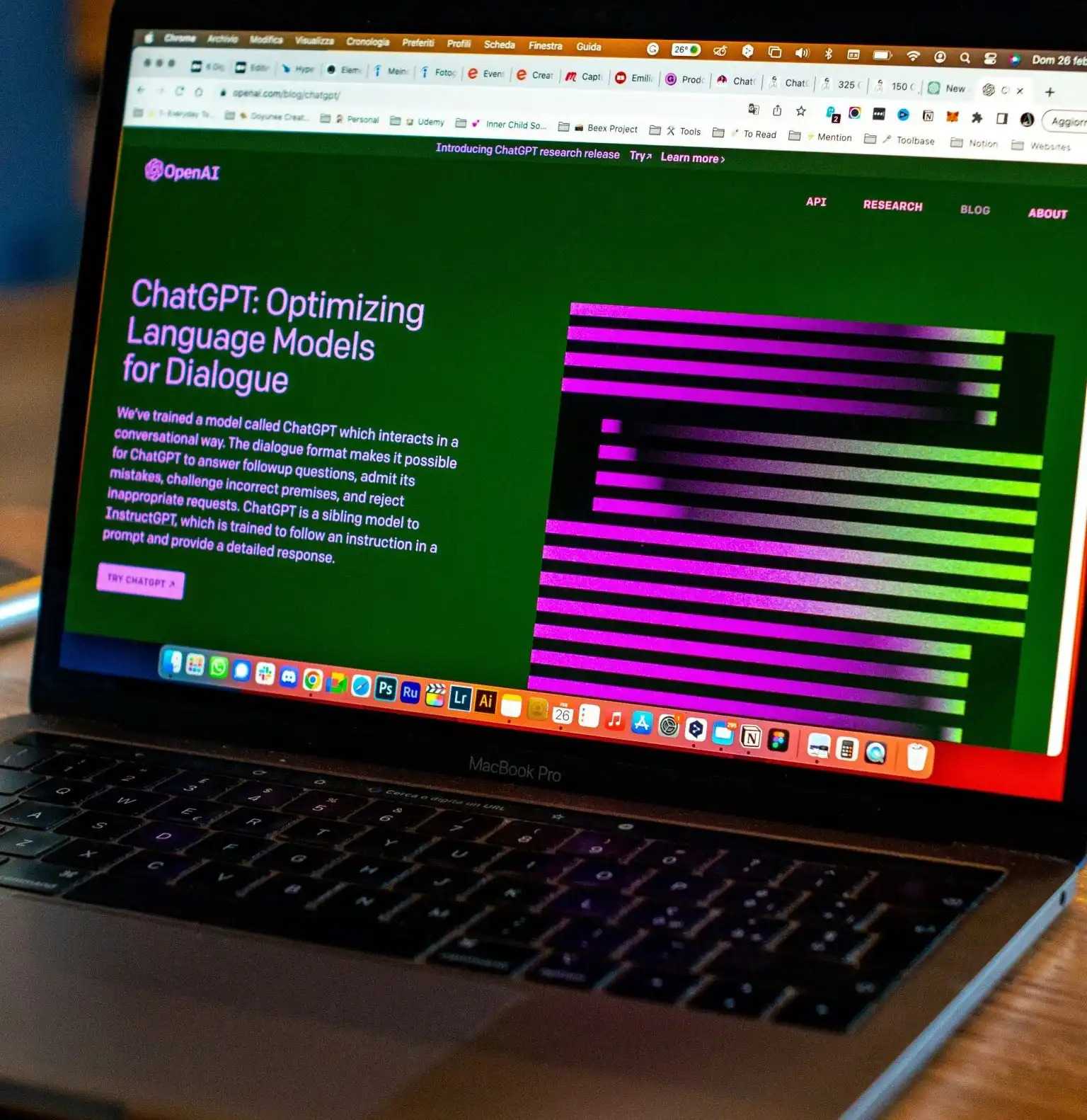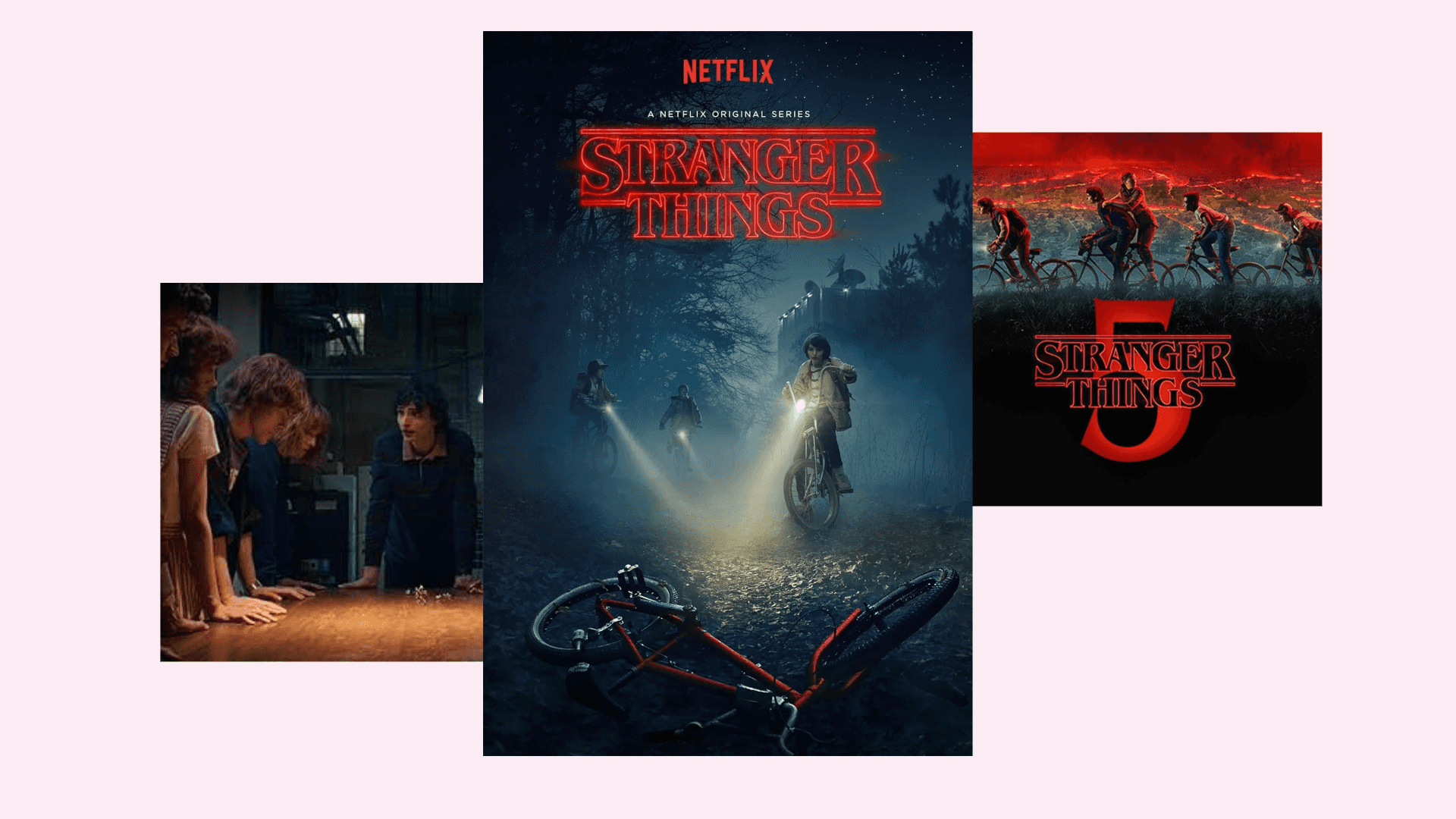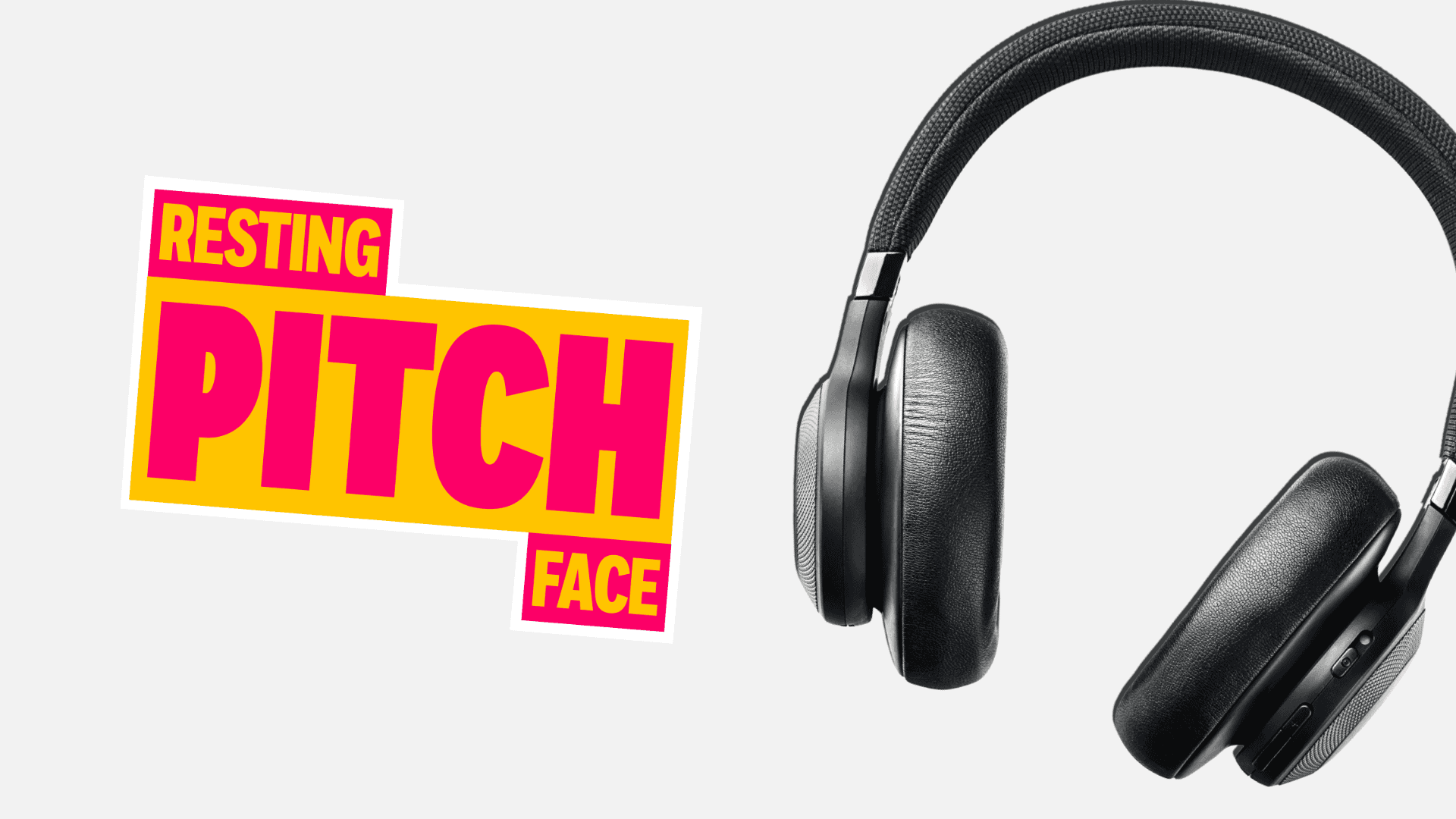Avoid using duplicate content, whether from your own site or others. Google doesn’t value content that has been copied from other places and, in some cases, can even penalise you for doing so. This isn’t necessarily the case with product pages however; as Google is smart enough to understand that product pages often require identical or very similar content, such as product details, washing/cleaning information, finance information and more.












